Hedi Slimane translates Jean Arp's sculptures into jewellery pieces for the Celine Bijoux d’Artistes Project
Hedi Slimane pays tribute to the organic form of Jean Arp’s work Ptolémée II, in the latest iteration of the Celine Bijoux d’Artistes Project

Stylist: Lune Kuipers
Forms were an abstract concept for German-French sculptor, painter, and poet, Jean Arp, who drew on nature’s organic silhouettes to create sensual shapes in his work.
The ephemeral nature of his sculptures, encapsulated particularly in the series he created in the 1950s after being inspired during trips to Greece, made his estate a natural choice for Celine creative director Hedi Slimane when considering the next focus for the Celine Bijoux d’Artistes Project. The project, paying tribute to great avant-garde artists, has so far collaborated with the estates of French sculptor César and American sculptor Louise Nevelon, translating their works into wearable art forms in 2020 and 2022 respectively.
Now, it is the turn of Jean Arp, and the third iteration of the project is a homage to Arp’s work, Ptolémée II, a biomorphic shape juxtaposing solidity with space. Gently curving, its oval form pays as much respect to the void as it does to the bronze, cutting a harmonious balance between the two.
‘It was in the house-studio in Meudon-Clamart that Arp created the sculptures in the round, including the versions of "Ptolemy" (the title is a reference to Claudius Ptolemy, the ancient Greek astronomer, mathematician, and geographer),’ says Etienne Robial, art director and president of Fondation Arp, who has worked closely with Celine on this jewellery project. ‘"Ptolemy" is a perfect example of the dialectic of emptiness and substance, inside and outside, form and counter-form, where the full and the void both complement and resonate with each other.’

Vermeil pendant, £4,700, from the Jean Arp Celine Bijoux d’Artistes Project, by Celine
The Fondation Arp, just outside Paris, is a carefully preserved tribute to the two artists, with the house-studio and gardens continuing to be a meeting place for artists, researchers, museum curators and exhibition commissioners. In its maintained grounds and thoughtfully curated interiors, it is an embodiment of the Dadaist philosophy that guided Arp and Taeuber-Arp in their life and work. ‘Dadaism was a movement for art, not against it, a rebellious spirit striving to make art the driving force for a new society, in complete contrast to the one that led to the First World War,’ adds Robial. ‘From their Dadaist past, Arp and Taeuber-Arp maintained a lasting camaraderie with fellow artists through their lives, the fulfilment in creating collective works where personalities fade away in favour of creation. Together they have created duo-drawings, sculptures, and collages.’
In the house-studio designed by Taeuber-Arp, where the couple lived from 1929, a clean materiality reigns, evinced in the clean lines of sandstone and concrete and simple, painted wood linear furniture. ‘Here, we meet all the guiding principles of Sophie Taeuber-Arp's holistic thinking and the poetry of Jean Arp's sculptures in the round.’
For Robial, the collaboration with Celine is a harmonious melting pot of Arp and Celine’s philosophies, his own work and the cultural climate. ‘I am interested in Arp precisely because of the dialogue between form and counter-form, a closely related theme in my work as a graphic designer and typographer. An Arp sculpture is like a letter of the alphabet. As president of the Fondation Arp my work is focused on uncovering the similarities between the creations of Jean Arp and Sophie Taeuber-Arp and current artistic concerns.’
Wallpaper* Newsletter
Receive our daily digest of inspiration, escapism and design stories from around the world direct to your inbox.
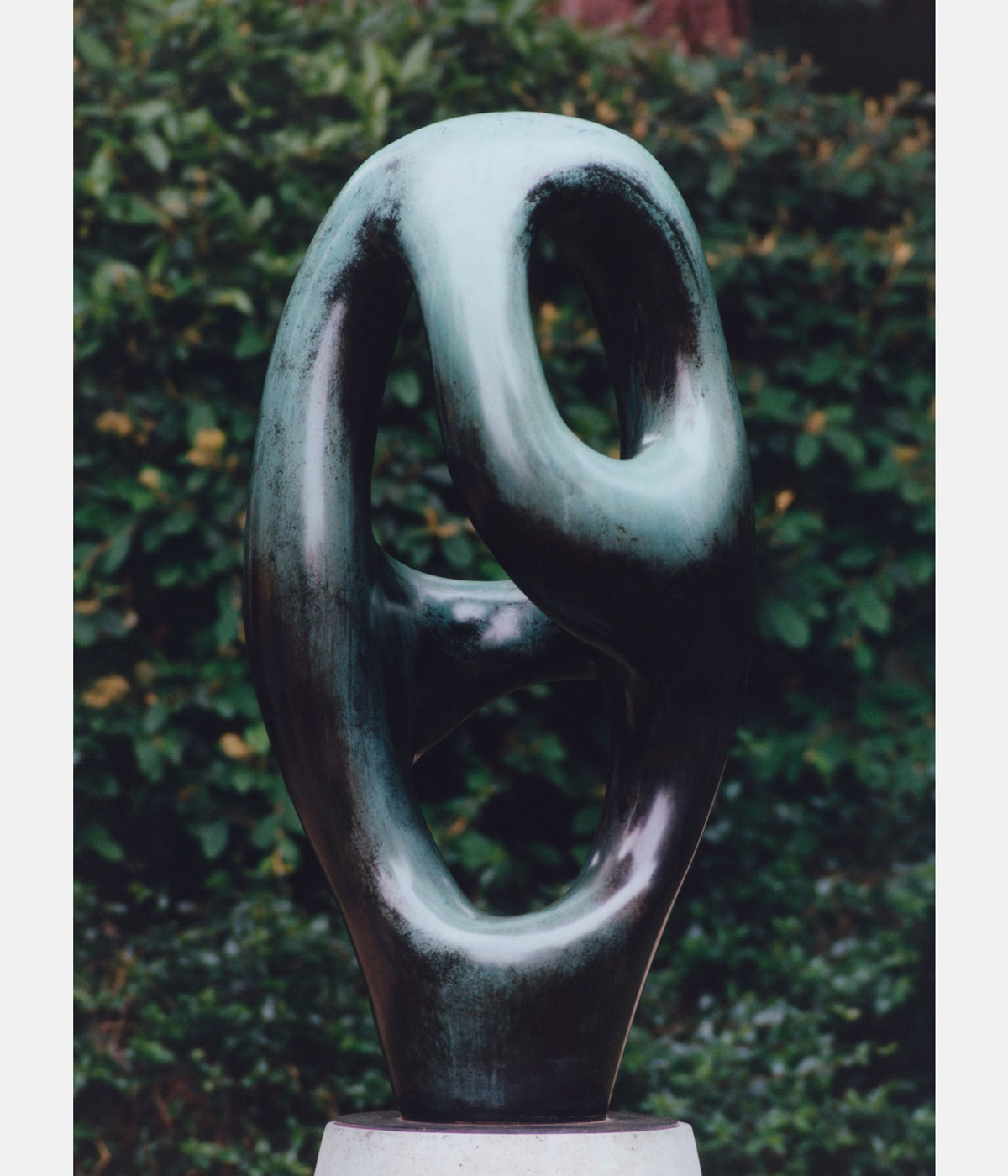
Ptolémée, (Ptolemy), 1953, by Jean Arp
It was crucial in the partnership to maintain the tension between space and matter Arp expressed in his work, but the process was not without its challenges. The jewellery, created in a small workshop in central Paris, spent over 18 months in production, the result of over 50 prototypes, in the pursuit of a perfect balance between weight and form. To avoid the piece being too heavy, a hollowed structure was required, a fact which then meant a mould couldn’t be created as it would in the normal production process for a jewellery piece. Eventually weighing in at over 130 grams, it is by far the heaviest Bijoux d’Artiste piece created by Celine. Worn on a chain, a retractable eyelet means it can also stand alone as a miniature Ptolémée II reproduction.
‘One of the key characteristics of this pendant is that it can be looked at and appreciated from different angles, something that Celine had not yet experimented with,’ says Robial. ‘This is certainly one of the reasons why this piece was chosen. Another determining factor was the selection of materials, vermeil (yellow-gold) and silver, which brought a preciousness to the two pieces created. Arp was interested in jewellery throughout his life. He worked with artisans to create pendants, brooches, rings, cufflinks and more. He would surely have been very proud of the collaboration, and admired the exceptional craftsmanship of the Celine artisans.’
fondationarp.org, celine.com
This article appears in the September 2024 issue of Wallpaper*, available in print on newsstands from 8 August, on the Wallpaper* app on Apple iOS, and to subscribers of Apple News +. Subscribe to Wallpaper* today

Apparat d’une danse (Dance finery in motion), 1960, by Jean Arp
Hannah Silver is the Art, Culture, Watches & Jewellery Editor of Wallpaper*. Since joining in 2019, she has overseen offbeat design trends and in-depth profiles, and written extensively across the worlds of culture and luxury. She enjoys meeting artists and designers, viewing exhibitions and conducting interviews on her frequent travels.
-
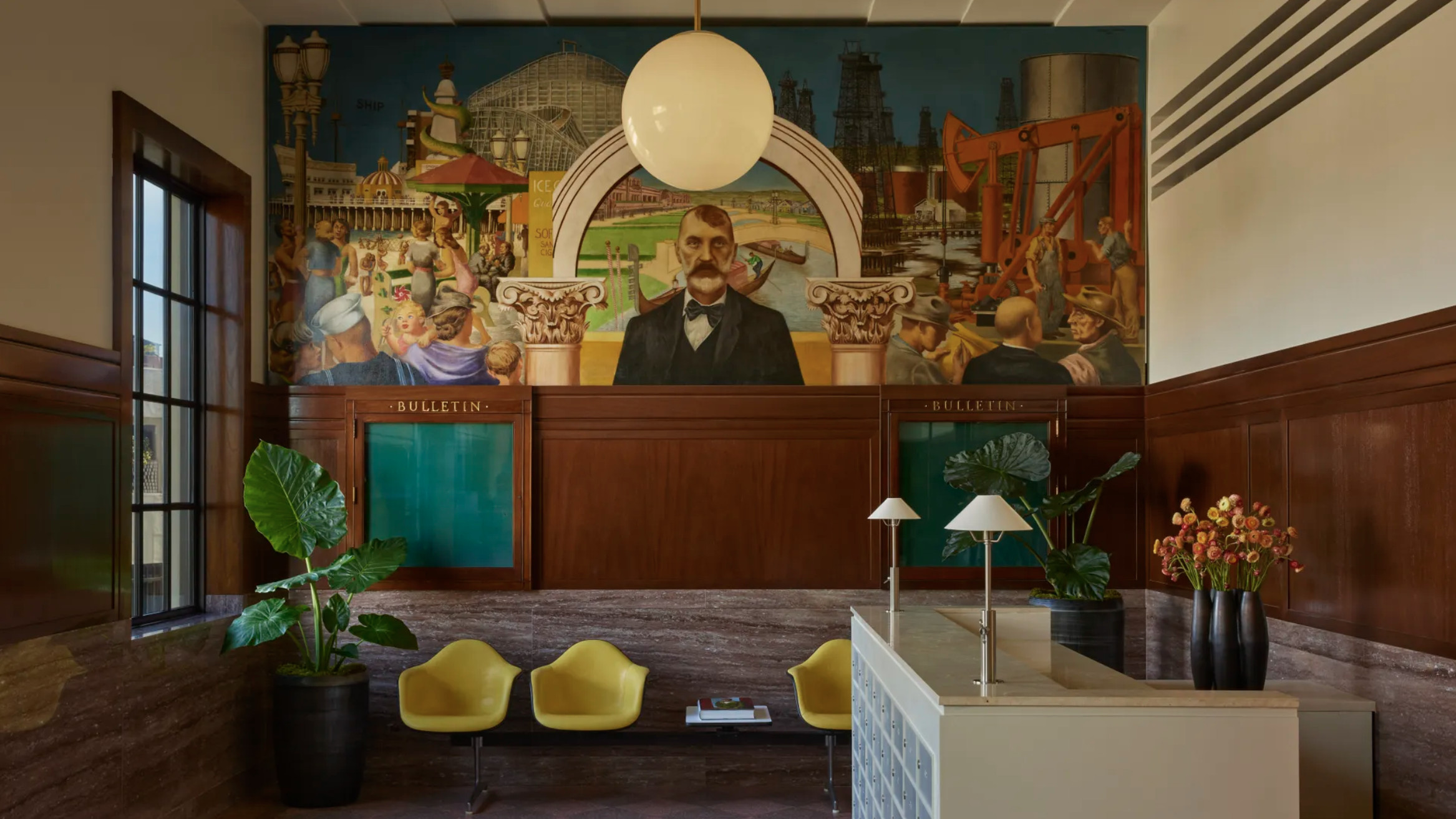 The Lighthouse draws on Bauhaus principles to create a new-era workspace campus
The Lighthouse draws on Bauhaus principles to create a new-era workspace campusThe Lighthouse, a Los Angeles office space by Warkentin Associates, brings together Bauhaus, brutalism and contemporary workspace design trends
By Ellie Stathaki
-
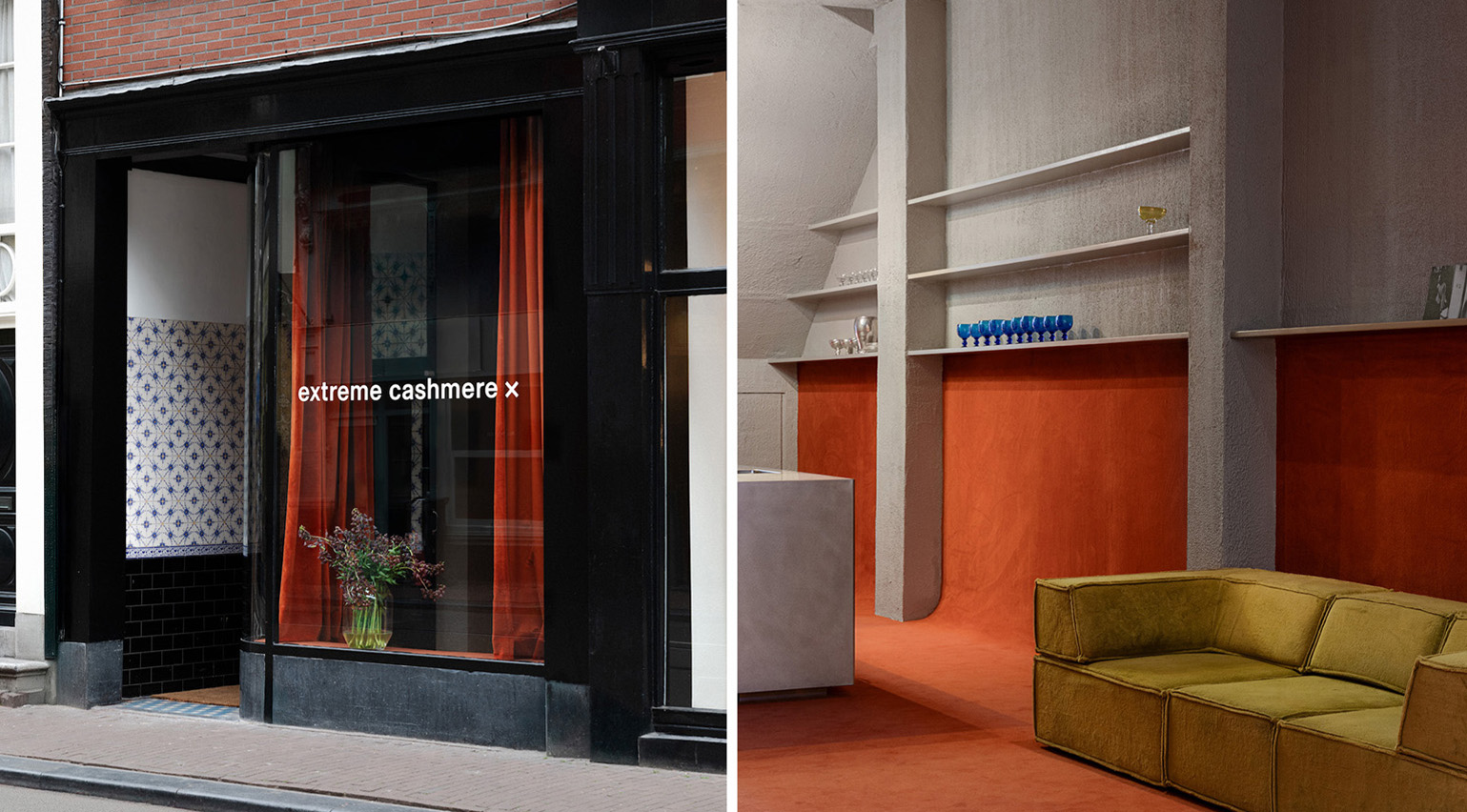 Extreme Cashmere reimagines retail with its new Amsterdam store: ‘You want to take your shoes off and stay’
Extreme Cashmere reimagines retail with its new Amsterdam store: ‘You want to take your shoes off and stay’Wallpaper* takes a tour of Extreme Cashmere’s new Amsterdam store, a space which reflects the label’s famed hospitality and unconventional approach to knitwear
By Jack Moss
-
 Titanium watches are strong, light and enduring: here are some of the best
Titanium watches are strong, light and enduring: here are some of the bestBrands including Bremont, Christopher Ward and Grand Seiko are exploring the possibilities of titanium watches
By Chris Hall
-
 Celine jewellery revives fluid sculpture of artist Louise Nevelson
Celine jewellery revives fluid sculpture of artist Louise NevelsonHedi Slimane continues Celine’s artist jewellery project with a limited-edition collection of 50 pieces, inspired by American sculptor Louise Nevelson
By Hannah Silver
-
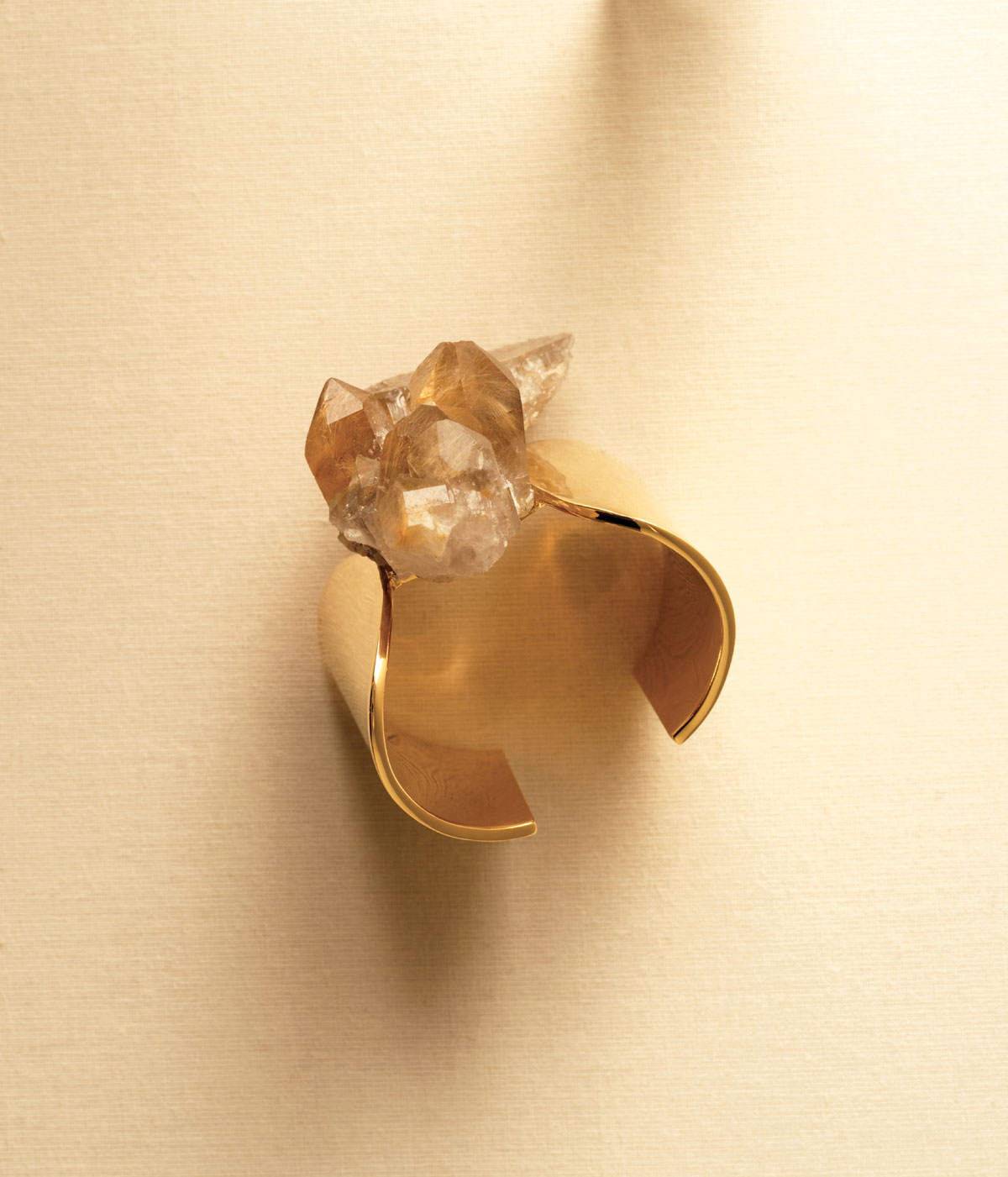 We're entranced by Hedi Slimane's covetable crystals
We're entranced by Hedi Slimane's covetable crystalsCeline's take on crystals hosts myriad references, modern and ancient
By Hannah Silver
-
 César's compressed sculptures inspire Celine’s new jewellery collection
César's compressed sculptures inspire Celine’s new jewellery collectionThe Celine Maison and Fondation César unite for the creation of 100 vermeil and 100 silver limited edition pieces
By Hannah Silver
-
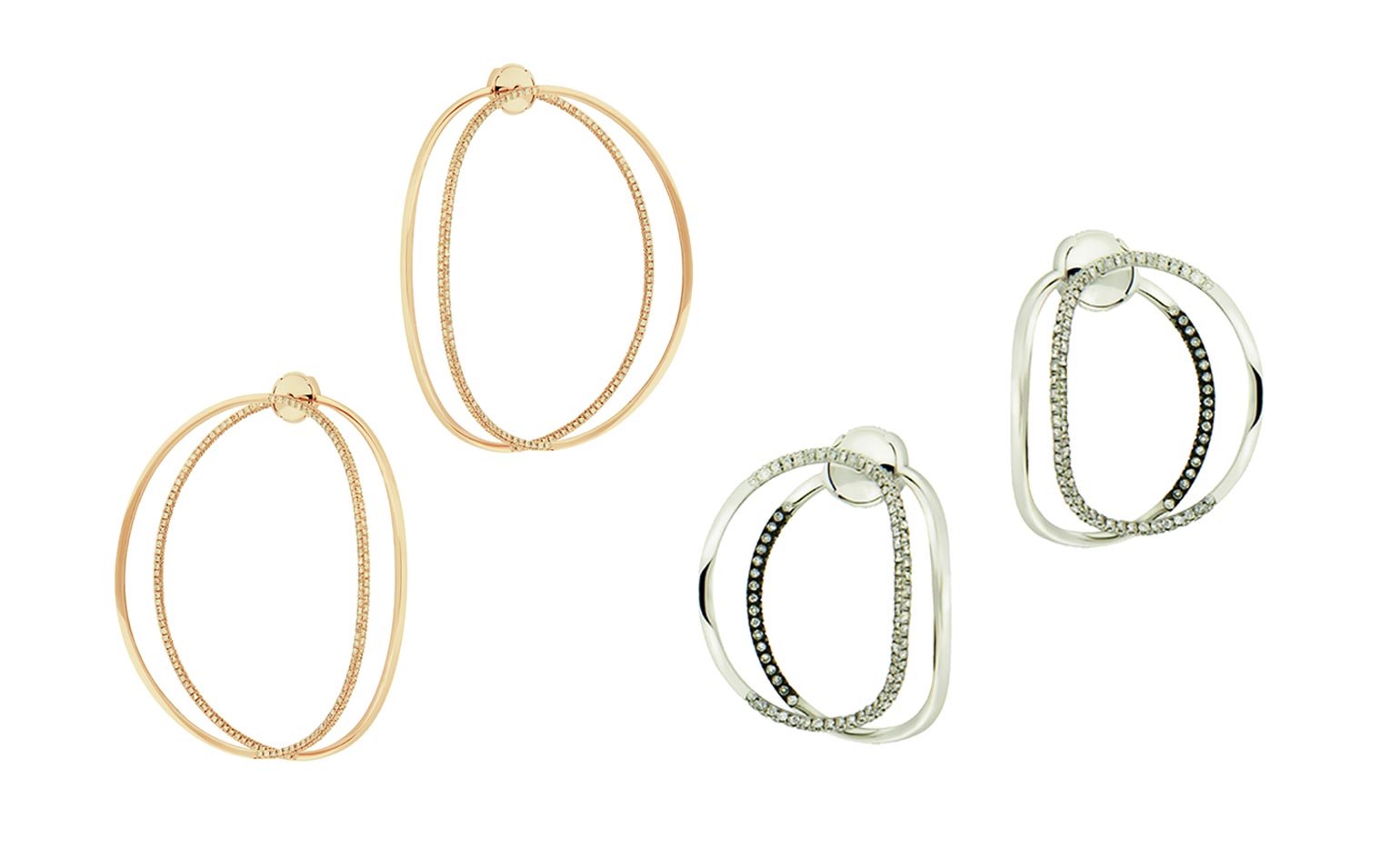 Haute hoops: a new wave of jewellers are polishing up the classic earring
Haute hoops: a new wave of jewellers are polishing up the classic earringBy Katrina Israel
-
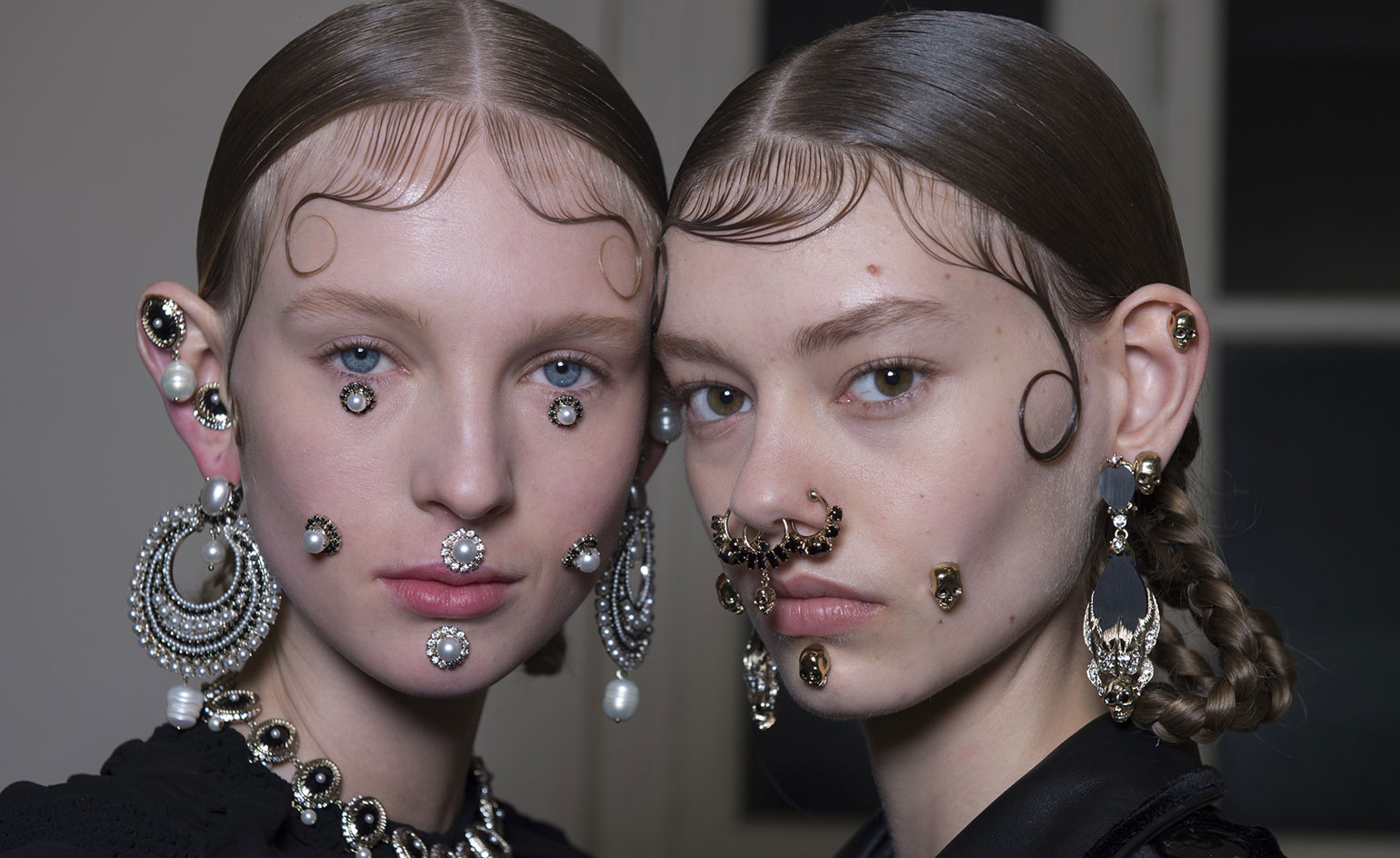 Bold, graphic and art-inspired, A/W 2015's statement making runway jewels
Bold, graphic and art-inspired, A/W 2015's statement making runway jewelsBy Katrina Israel